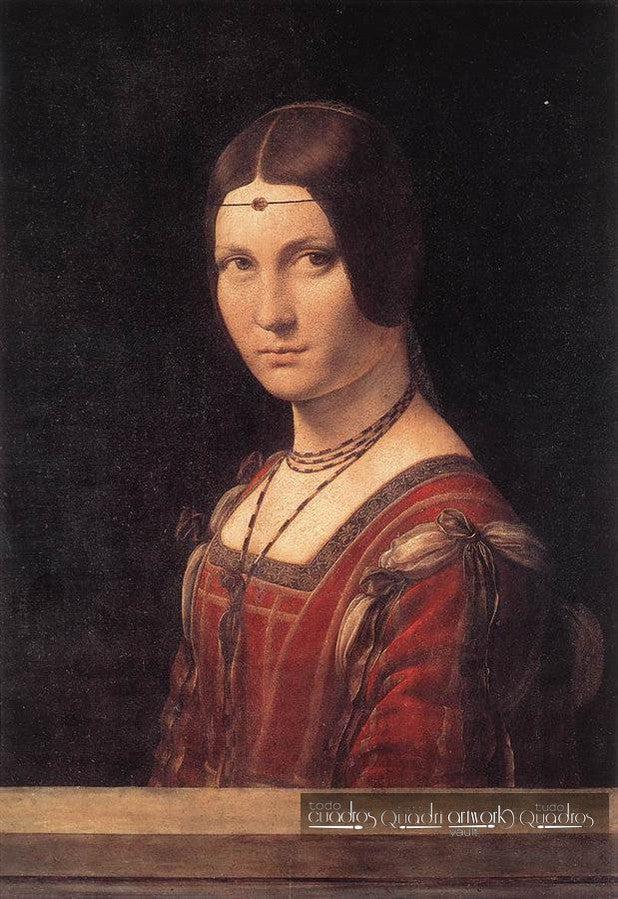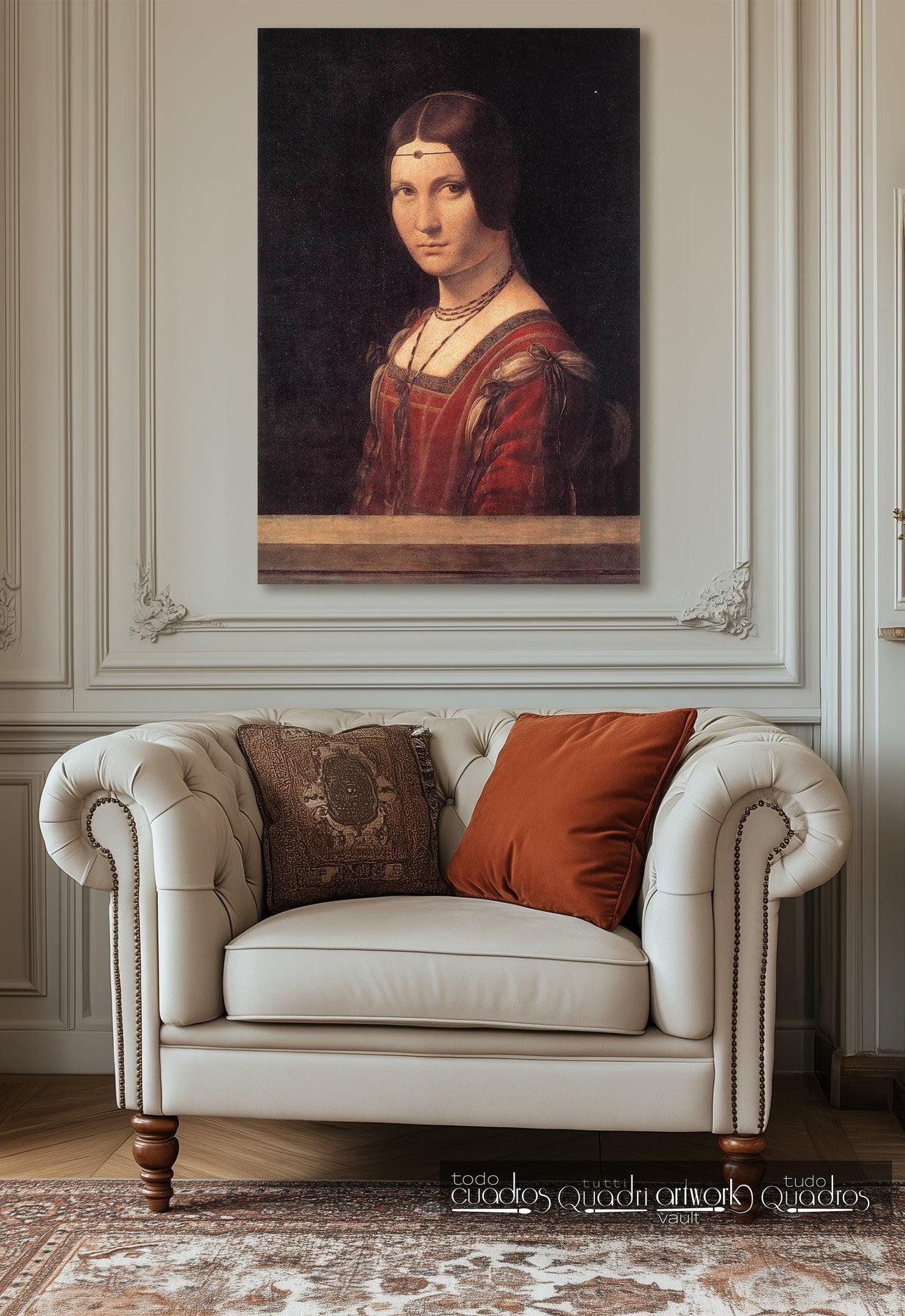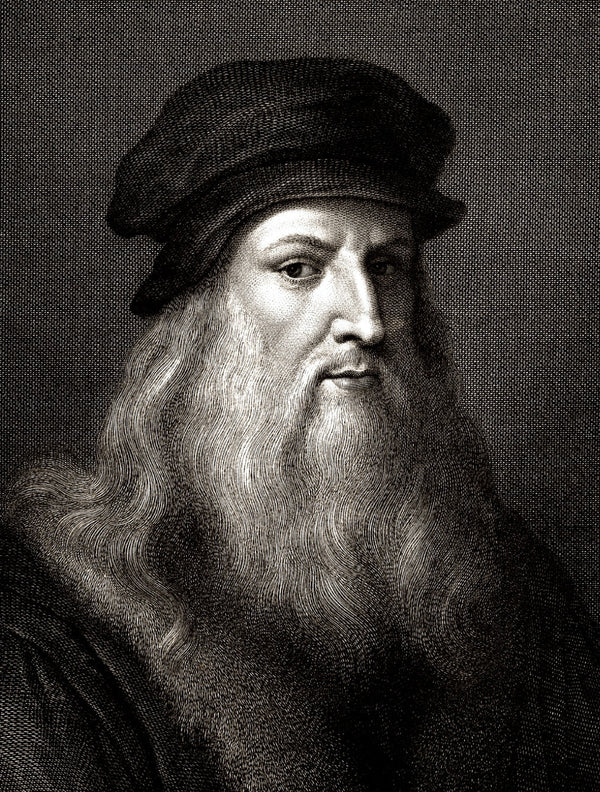

Belle Ferronnière, Leonardo Da Vinci
- Oil on linen canvas
- 100% hand-painted
- Reproduction painting
- Available to purchase online
- See quality
- Delivery to the UK
- Money-back guarantee
- Customer reviews
| Author: | Leonardo da Vinci |
|---|---|
| Author: | Leonardo da Vinci |
| Original Title: | Belle Ferronnière |
| Type: | Painting |
| Style: | Renaissance |
| Medium | Oil |
| Support: | Wood Panel |
| Year: | 1490-95 |
| Genre: | Retrato |
| Located: | Louvre museum, París. |
Historical significance
The portrait belongs to the period when Leonardo was working at the court of Ludovico il Moro in Milan. It is one of the few surviving autograph portraits by the painter. It represents a step forward in Renaissance portraiture, as it conveys not only physical likeness but also psychological presence. It has been a key work in Leonardo retrospectives at the Louvre. In the 20th century, it was at the center of the Duveen case, a legal dispute over the authenticity of a version in New York, which reinforced the importance of the original as an indisputable reference.
Pictorial technique
Leonardo employed the sfumato technique with successive layers of oil, softening the transitions between light and shadow on the face and neck. The work relies on a rigorous underdrawing that defines the proportions. The use of chiaroscuro creates volume and emphasizes the figure against the neutral background. Notable are the details of the garments, with carefully rendered embroidery and neckline, and the depiction of the forehead jewel, executed with subtle reflections. The result combines anatomical precision with material refinement, hallmarks of Leonardo’s mature Milanese period.
La Belle Ferronnière (c. 1495–1498) is an oil portrait on walnut panel by Leonardo da Vinci, currently housed in the Louvre Museum, Paris. It depicts a woman in half-length and three-quarter profile, her hair tied back and held by a metallic headband with a small jewel at the center. She wears a dark dress with a square neckline trimmed in gold and a beaded chain crossing diagonally over her chest. The shadowy background intensifies the strength of the figure. The model’s identity remains unconfirmed; it has been suggested to be Lucrezia Crivelli, mistress of Ludovico Sforza —Duke of Milan and Leonardo’s patron—, or Beatrice d’Este, his wife.
Choose options




